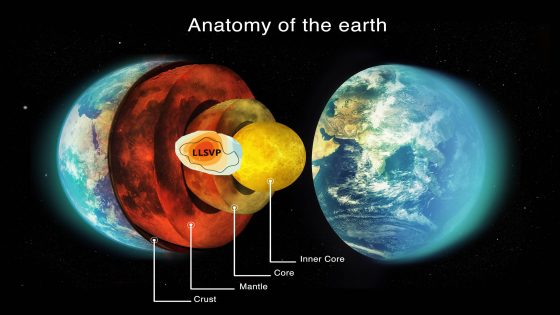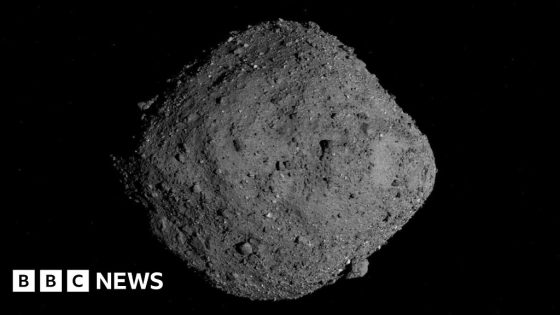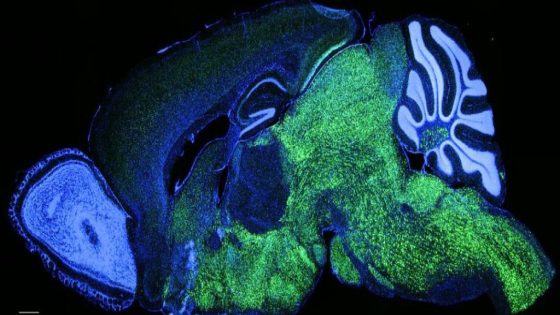Could Earth have once been painted purple? The intriguing “Purple Earth hypothesis” suggests that early life on our planet thrived in vibrant violet hues, rather than the green we see today. This theory, gaining traction among scientists, explores how ancient microbes may have relied on a simpler molecule for photosynthesis.
- Purple Earth hypothesis suggests early life was purple.
- Retinal used by microbes for photosynthesis.
- Chlorophyll eventually replaced retinal in dominance.
- Modern Earth has purple pockets like Dead Sea.
- Exoplanets might host retinal-based life forms.
- Telescope advances may reveal new biosignatures.
Understanding the Purple Earth Hypothesis and Its Implications for Life Beyond Our Planet
What if our planet’s early life forms were more colorful than we ever imagined? The Purple Earth hypothesis proposes that ancient single-celled organisms used retinal, a simpler pigment, to harness sunlight. This idea not only changes our view of Earth’s past but also raises questions about the potential for similar life forms on exoplanets.
How Did Purple Life Transform into Green Life on Earth?
As Earth’s environment changed, so did its inhabitants. The transition from purple to green life was driven by the evolution of chlorophyll, a more efficient pigment for photosynthesis. This shift not only altered the planet’s appearance but also played a crucial role in the Great Oxygenation Event, which dramatically increased atmospheric oxygen levels.
- Chlorophyll absorbs light more effectively than retinal.
- The Great Oxygenation Event marked a significant environmental shift.
- Retinal-based organisms still exist in extreme environments today.
- Understanding this transition helps scientists search for life on other planets.
Exploring the Existence of Purple Life on Other Planets
Astrobiologists are excited about the possibility of discovering exoplanets with life forms similar to Earth’s early purple organisms. If the Purple Earth hypothesis holds true, such planets may host creatures that rely on retinal for photosynthesis. This could provide valuable insights into the evolution of life beyond Earth.
Modern Examples of Purple Microbes on Earth
Even today, some regions on Earth showcase the vibrant hues of ancient life. For instance, halobacterium thrives in extreme salt conditions, like those found in the Great Salt Lake. Studying these resilient microbes helps scientists understand how life might survive in harsh extraterrestrial environments.
In conclusion, the Purple Earth hypothesis invites US to rethink our understanding of life on Earth and beyond. As research continues, we may uncover new biosignatures that reveal the diverse possibilities of life in the universe.

































